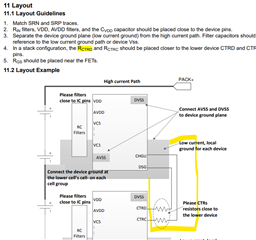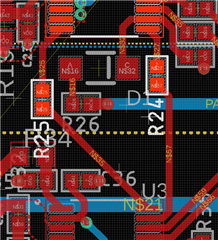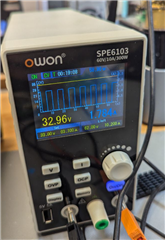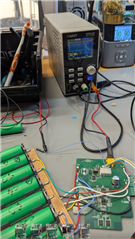Tool/software:
this is a new thread in continuation of this one: (+) BQ77915: Charging only up to 4,0V, No Balancing observable - Power management forum - Power management - TI E2E support forums
since the old problem is resolved so i clicked "solved". But now there is a new issue.
I just tried again with a second board using bq7791508 and unbalanced batteries. 3 Batteries in the stack have 3,9V, four have 4,0V. started charging, observing this behaviour:
The CHG FET is turned off after a few seconds and then on again after a few seconds.
is this normal, expectable behaviour?
the OFF-durations are getting longer each time.
while the charger is on, the "4,0V" cells are at ~4,15V
... i think maybe the 50mA internal cell balancing are not enough, when using a 3A charger.






